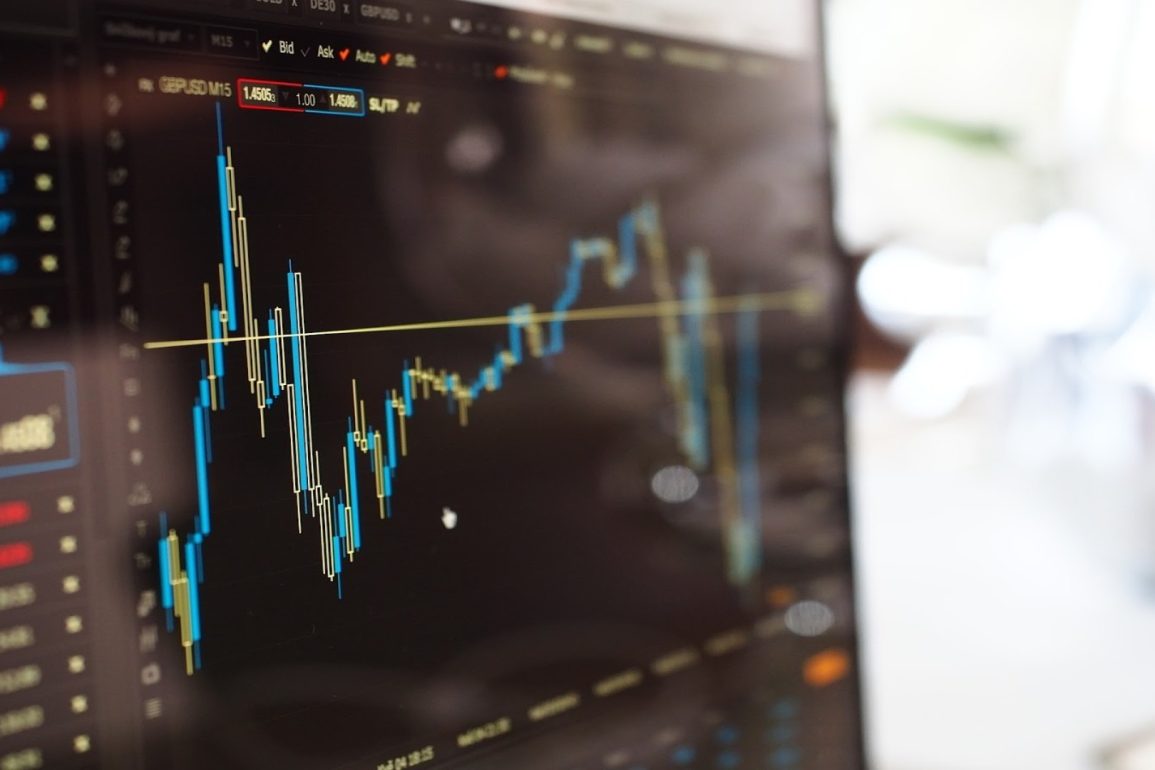- Summary:
- Many traders often find themselves at crossroads on whether to trade manually or use trading bots or both. But which approach works?
Having the right tools for a cryptocurrency trader can make the difference between good and great traders. While such tools are available in this space, some traders prefer not to leverage the said resources. While there are a number of different trading bots offered by different service providers, it’s essential to understand the pros and cons to decide which approach is best for you. Here’s a breakdown of the difference between manual trading and trading bots.
Manual Trading Pros
Manual trading relies on human intuition and experience to make trades. This means traders can often recognize patterns more quickly than bots and identify opportunities for arbitrage (buying low and selling high) that bots might miss in real-time. Additionally, manual traders have greater control over their trades since they can monitor the market more closely than a bot.
Manual Trading Cons
The biggest downside to manual trading is that it requires a substantial amount of time, energy, and attention to execute effectively.
Traders must constantly monitor the markets to take advantage of potential opportunities and react quickly when necessary.
As a result, traders frequently find themselves investing more time than expected into this endeavor, and in some cases, so much time that it becomes impractical.
Additionally, suppose a trader takes too much time making decisions or is away from their computer during a particularly volatile period. In that case, they could potentially miss out on valuable opportunities or perhaps expose themselves to possible losses due to unfavorable price movements without reacting accordingly.
Trading Bot Pros
Trading bots offer many advantages over manual trading, including increased speed and accuracy when executing trades. Bots can also detect patterns faster than humans since they are constantly analyzing data in real-time 24/7 without needing breaks for sleep or food like humans.
Automated bots also remove the emotional aspect from the overall picture, often leading to fewer mistakes and more accurate trading.
One of the most significant rules for trading is to leave your emotions out of it – which is rarely achieved for manual traders since they are humans, after all!
With an auto trading bot, the process and removing the emotions from the equation, mistakes such as selling early or deviating from your original plan due to market volatility (all errors that can be costly) are avoided.
Lastly, trading bots allow traders to automate their buying/selling process so they don’t have to spend as much time actively monitoring markets daily (although they should still check up on them regularly).
Trading Bot Cons
The main downside with trading bots is that they require the knowledge to set up before being ready for use. The upside is that using such bots has been streamlined and made user-friendly to where even the greenest of traders can execute such a task.
Another aspect of automated trading bots is that some may come preset with specific trading metrics and rules to follow, which may not always meet each individual’s trading style or preference. The positive here is that the majority of these settings can be edited.
Also, a predetermined strategy may become obsolete since market conditions can swiftly change. Still, you can (and should) always set a stop loss to minimize and possibly even avoid losses.
Conclusion
Ultimately, both manual trading and using a trading bot offer unique advantages and hurdles that need to be weighed carefully by each investor according to their individual preferences and goals.
While some investors may prefer one approach over the other (or even use both together) due mainly to personal preference or familiarity with specific strategies/techniques/tools etc., there is no single correct answer – it all depends on your particular needs as an investor!
That said, no matter which approaches you decide upon, there is always some level of risk involved in trading, so take appropriate precautions before entering any trade!


